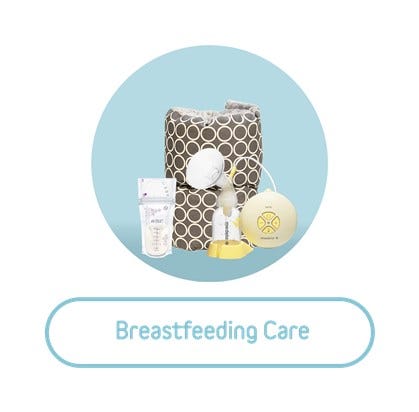They’re nothing to worry about but stretch marks are a common pregnancy side effect. Nahdi pharmacists give us the lowdown on everything you need to know
What causes stretch marks?
Stretch marks occur when the middle layer of your skin – the dermis – is stretched and breaks. As your body changes and your bump grows, you may develop them around your stomach, thighs and breasts. They often appear as narrow streak-like lines on the surface of the skin.
Will I definitely get them?
Unfortunately, there’s no way of knowing. If you have more elastic skin that stretches easily, you may be less likely to get stretch marks. But for many women, it’s all about genetics – if your mother or a close relative developed them during pregnancy then you’re more likely to develop them too.
Should I worry about them?
Simply put, no. They’re not harmful and they won’t cause you any medical problems. Stretch marks are a completely natural side effect of your body growing and changing to accommodate your baby.
Is there anything else I can do to reduce my chances of getting them?
- Maintain a healthy weight: the average weight gain during pregnancy is between 10 and 12.5kg, but if you gain weight rapidly or more than average you may be more likely to develop stretch marks.
- Moisturize: although massaging creams and oils won’t stop you getting stretch marks, start early enough and they can make your skin stronger and more supple.
- Look after your skin: feed your skin and boost its elasticity by eating plenty of vitamin C-rich foods.
Will they disappear?
In the months and years after your baby is born, your stretch marks will begin to fade like scars. Don’t worry, time is definitely a healer.







